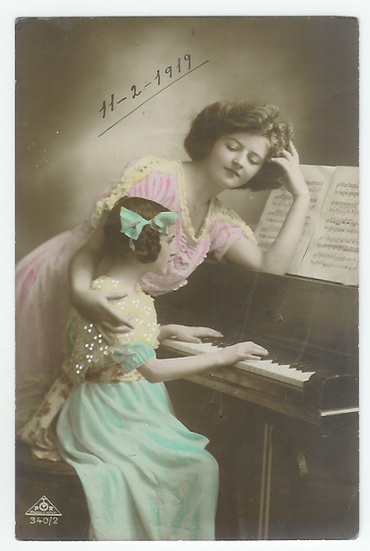History of Group Teaching
|
The application of group piano teaching first appeared in Dublin, Ireland, around 1815 when the German musician Johann Bernhard Logier began instructing piano solely in classes. He argued that the setting was ideal for the introduction of musical theoretical concepts and their subsequent application at the keyboard. Piano teachers from America as well as from many European countries attended Logier’s classes and returned home to introduce group teaching to their respective countries.It is also important to note that famous European pianists of the 19th century, such as Franz Liszt, Frederic Chopin and Clara Schumann, taught their pupils in groups in what is typically considered a master class setting. In the early part of the 20th century, piano classes were established in several public schools in america. Numerous individuals including Clavin Bernard Cady, Helen Curtis and Gail M. Haake developed systems of piano class teaching and trained teachers in their methods throughout the country. Since 1930, independent piano teachers have incorporated group teaching into the studio in a variety of ways. Raymond Burrows at Teachers College, Columbia University fostered piano classes for adults during the 1930s and 1940s. With the development of the electronic piano laboratory in 1950s, group instruction increased at the college level. Today, many colleges and some independent teachers teach groups using a variety of equipment including computers,
|

